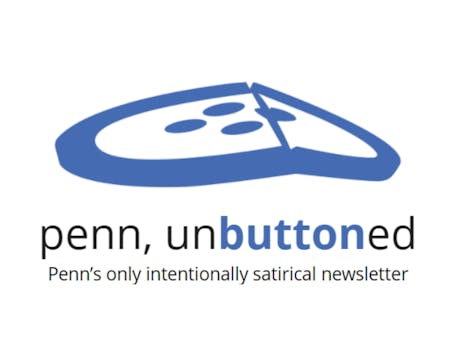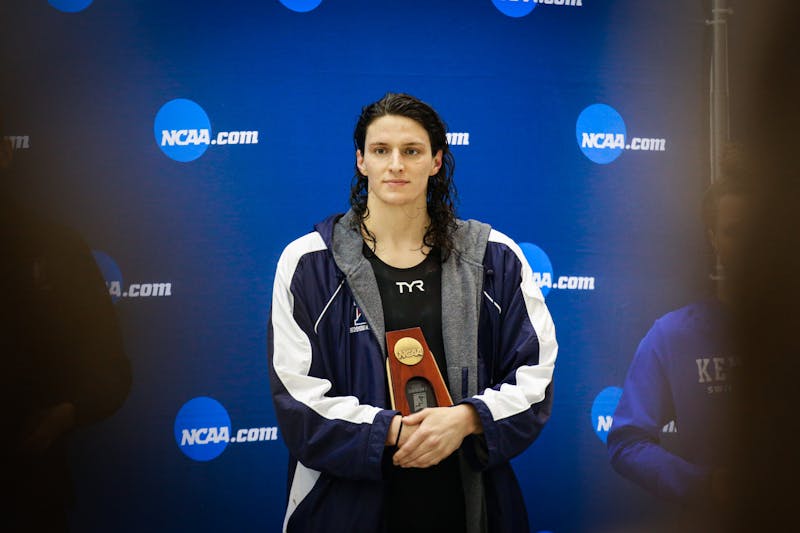Part three in a four-part series
A lot has changed about U.S. News & World Report's college rankings since their simple beginning in 1983. But looking at today's top four schools, you wouldn't realize it.
The very first ranking began with a single survey sent to university presidents asking them to pick what were, in their opinions, the five best schools in the country.
Stanford, Harvard, Yale and Princeton universities occupied the top four slots.
Sound familiar?
Despite that similarity, the rankings were still markedly different back then, and certainly no one could have expected that over the next 20 years, U.S. News would build a dynasty.
In 1988, the magazine ushered in the beginning of its modern ranking system with a focus on quantitative data.
Five factors were considered: selectivity, quality of faculty, financial resources, retention rate and reputation.
"People were aware, but it's not something that people were crazy about," said Wharton 1993 alumnus Scott Hauncher of student attitudes toward the U.S. News rankings at that time.
The lukewarm reception that the rankings received reflected the admissions atmosphere of the time - a both less intense and selective environment when compared to that of today.
For one thing, admissions rates have plummeted.
"People love rankings in a kind of unhealthy way," said Michelle Hernandez, who runs a college-consulting company. "It's gotten worse because selectivity [has gotten] so high."
The first year U.S. News published a separate ranking of schools by selectivity in 1985, only four had acceptance rates lower than 20 percent, none were below 15 percent, and most were still above 30 percent.
In this year's rankings, 16 schools boast acceptance rates below 20 percent, with nine below 15 percent.
As acceptance rates dropped, the rankings became more and more popular, driven in part by advertisements taken out by colleges; U.S. News would eventually create a special edition of the magazine devoted solely to the rankings.
And now, some applicants have come to rely heavily on U.S. News during the admissions process.
Nadine Warner, a former admissions officer who applied to college in 1987, said that, in her time, students heeded warnings not to rely on U.S. News rankings when researching schools, instead relying on resources like campus tours.
"Now, when I talk to students, I don't even know if they've visited the schools they're applying to," she said.
According to U.S. News & World Report spokeswoman Cynthia Powell, that's not how the magazine would like its rankings used.
Students should be using the rankings as a starting point for research, Powell says, to help students discover schools they would otherwise miss.
But with the culture of admissions as frenetic as it is, students don't always heed that advice.
Hernandez says that every year she has clients who say that they will not apply to certain colleges they otherwise would because their U.S. News rankings are "too far down."
And now, Warner says, she sees more and more students using U.S. News "as a sole source or a deciding factor."
The Daily Pennsylvanian is an independent, student-run newspaper. Please consider making a donation to support the coverage that shapes the University. Your generosity ensures a future of strong journalism at Penn.
DonatePlease note All comments are eligible for publication in The Daily Pennsylvanian.







